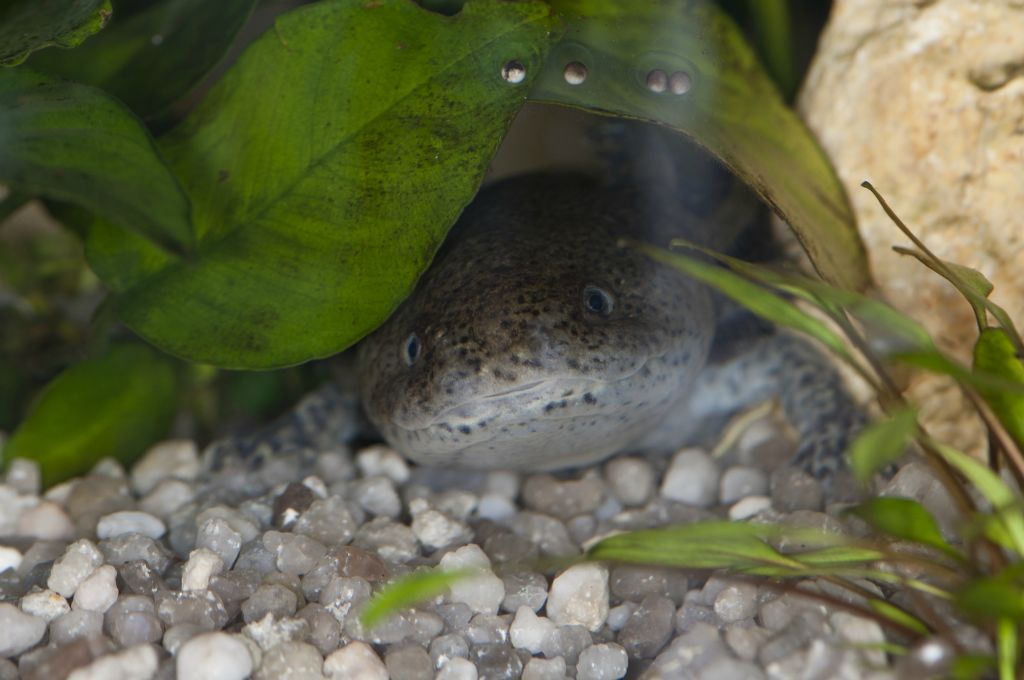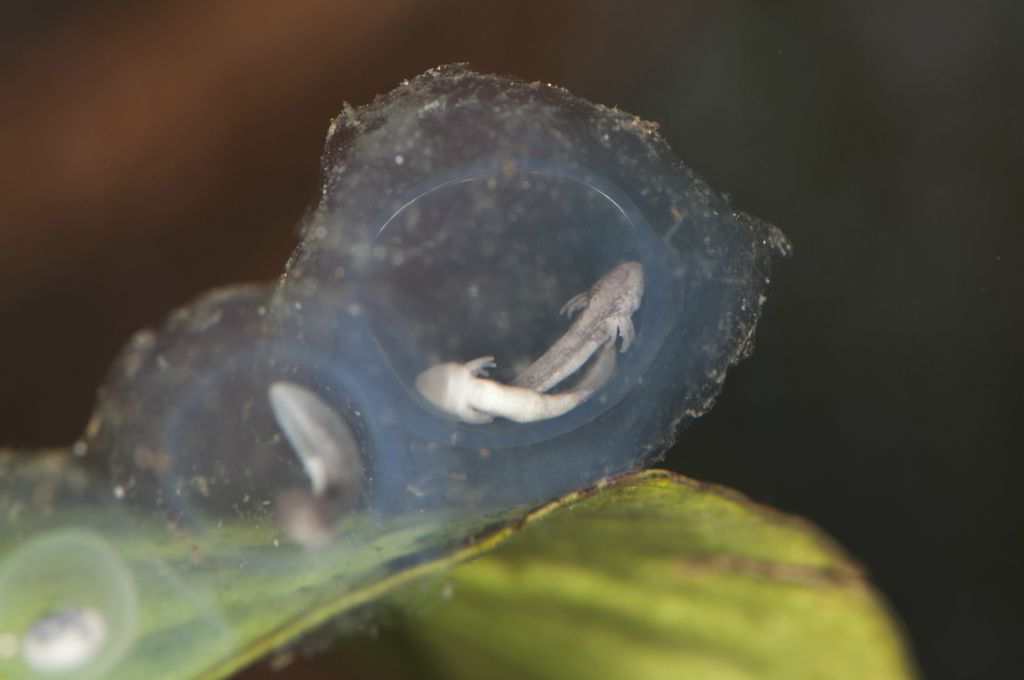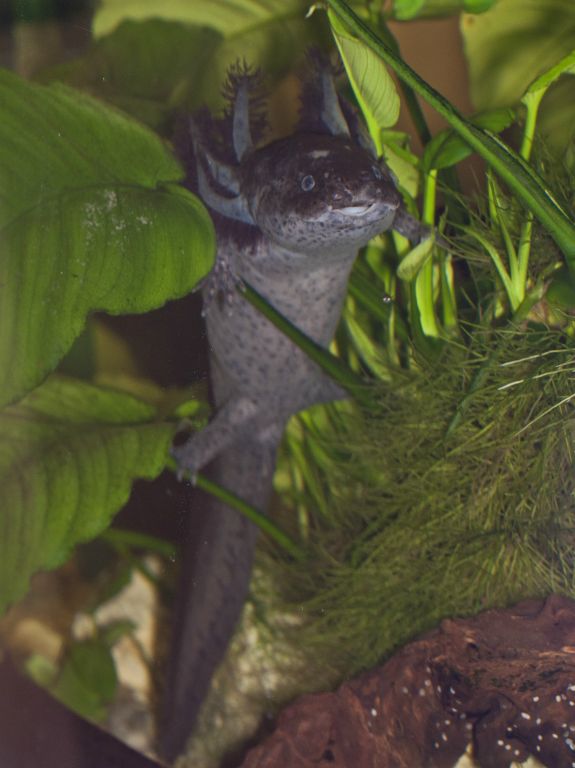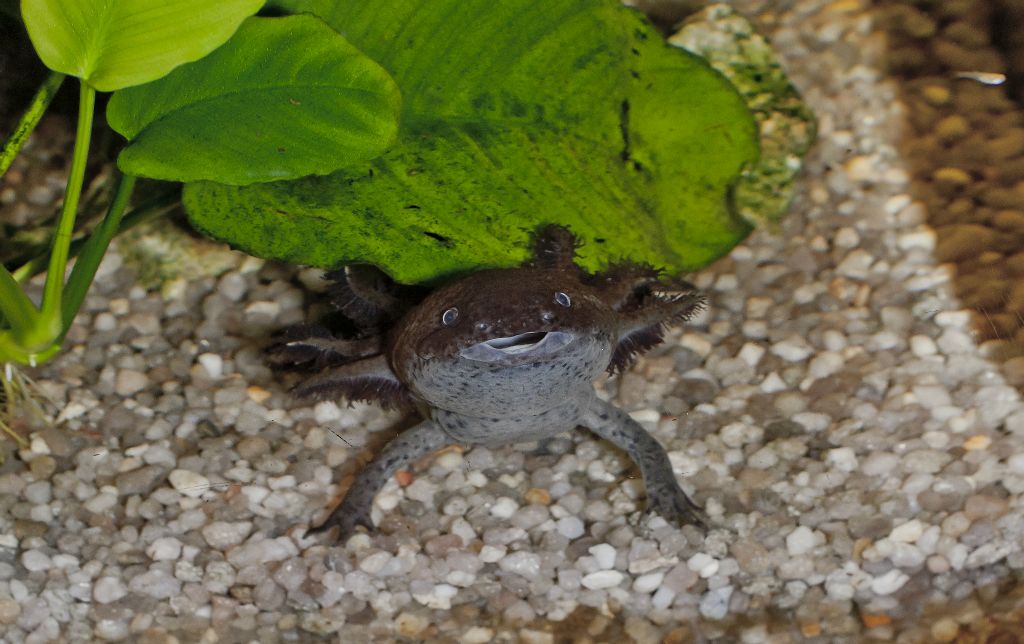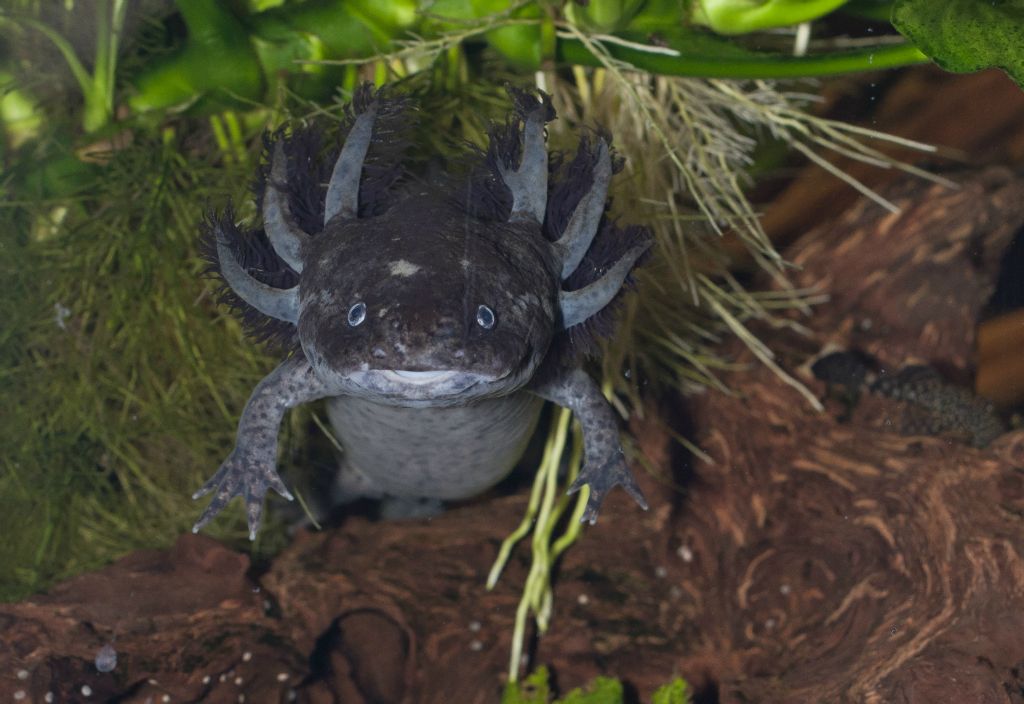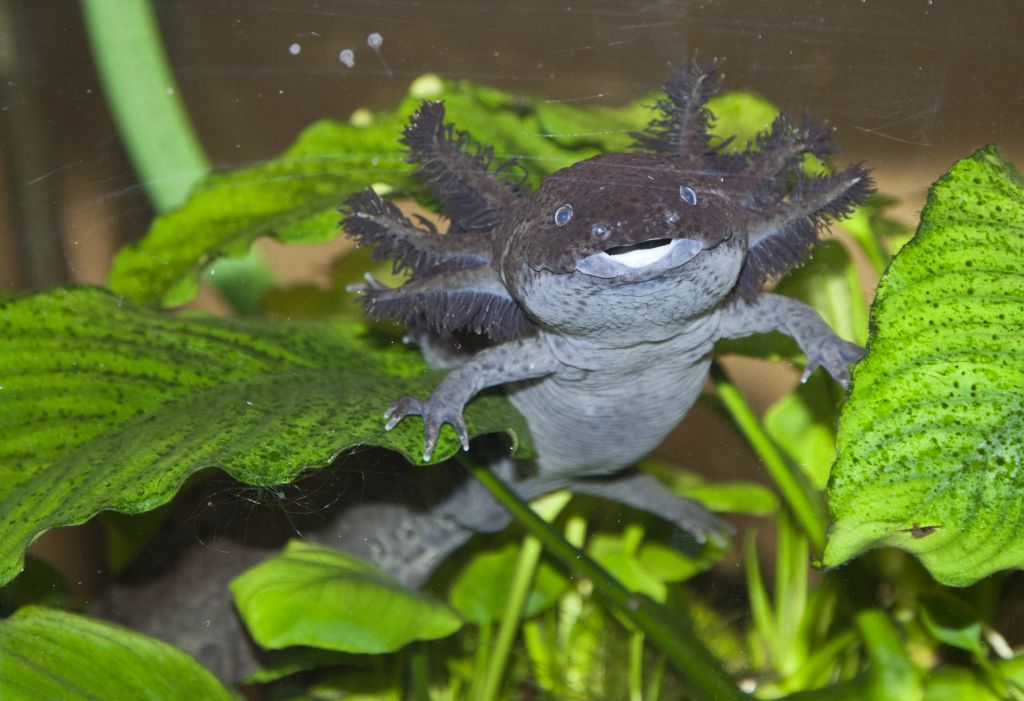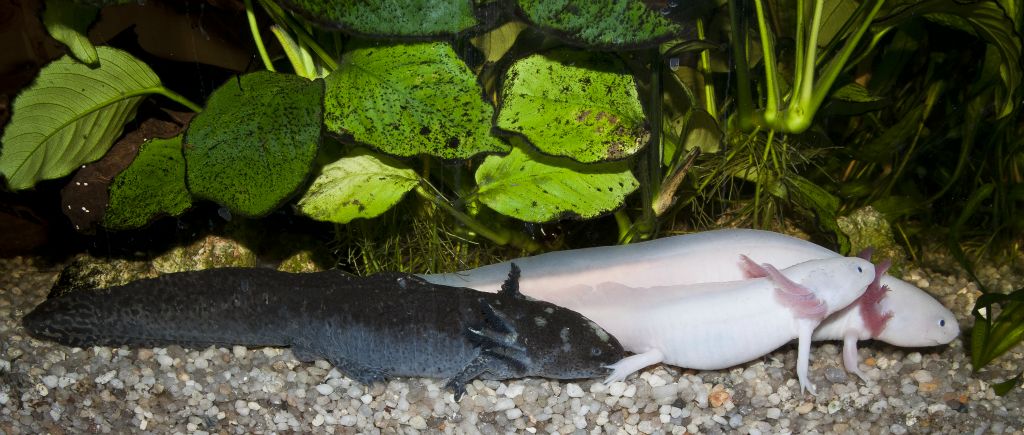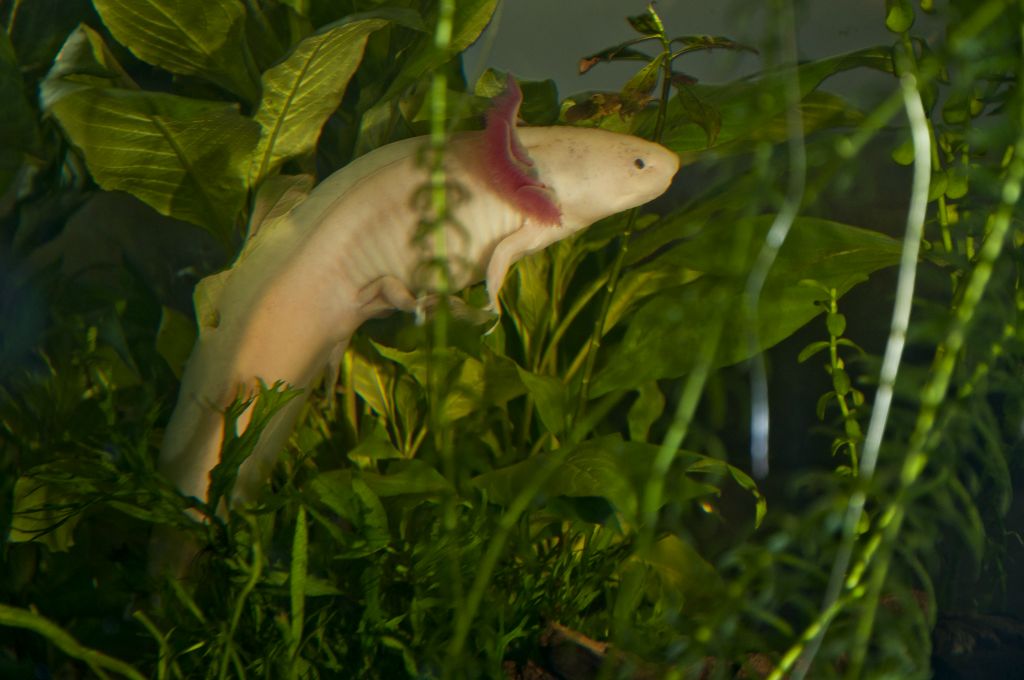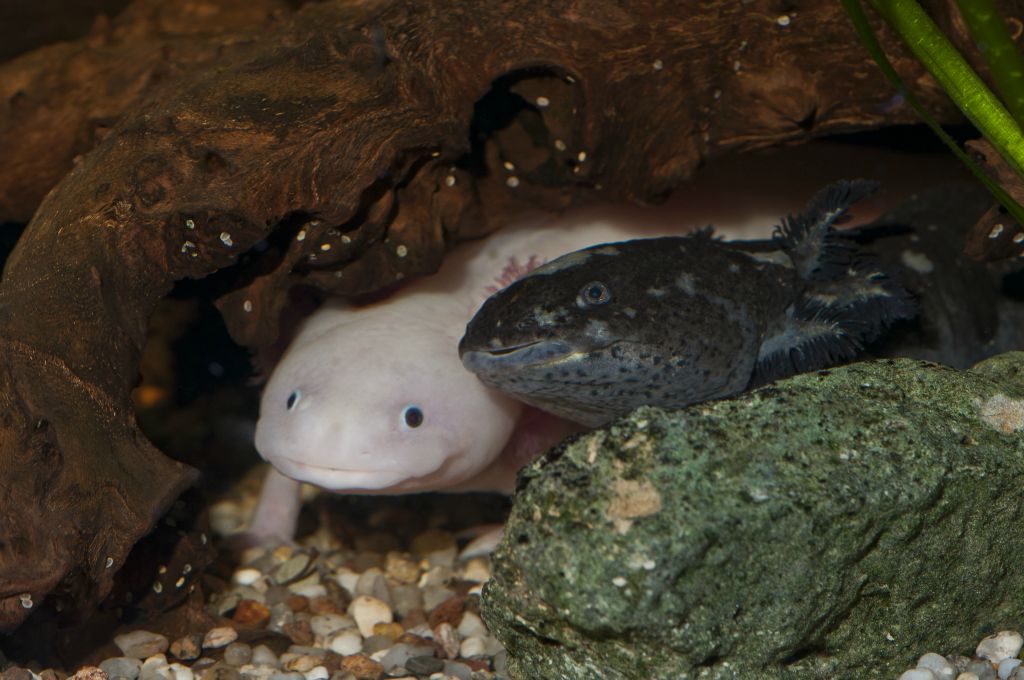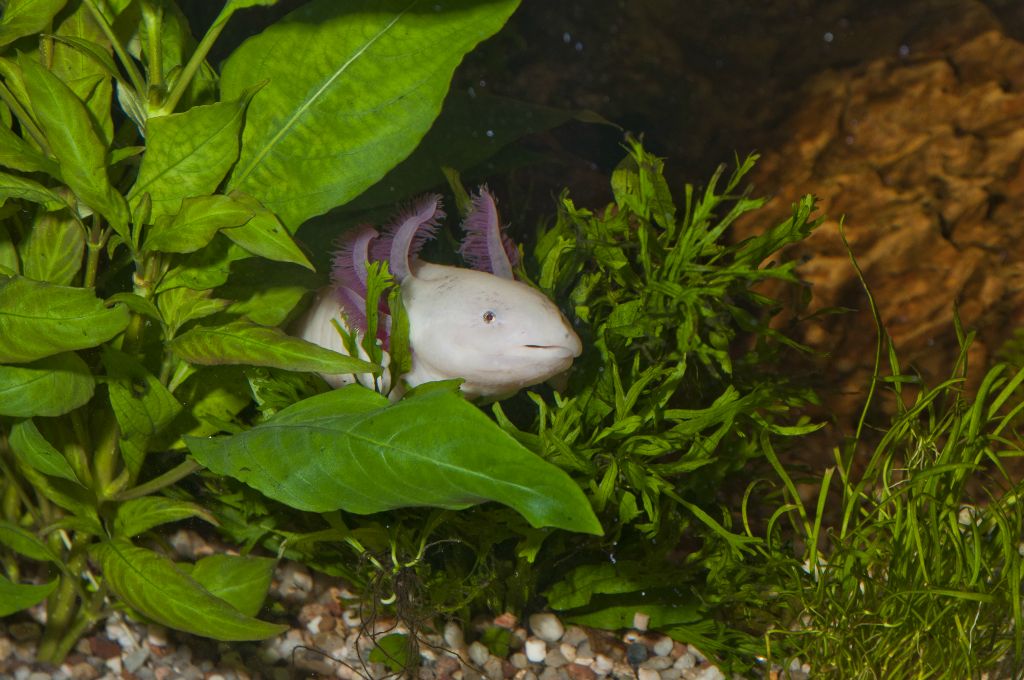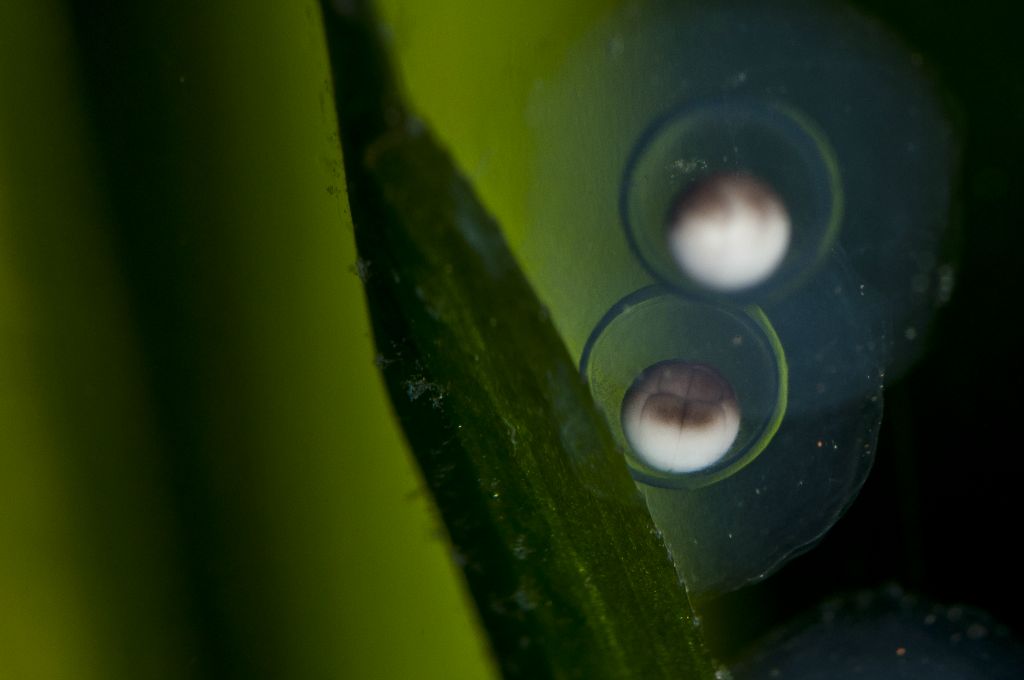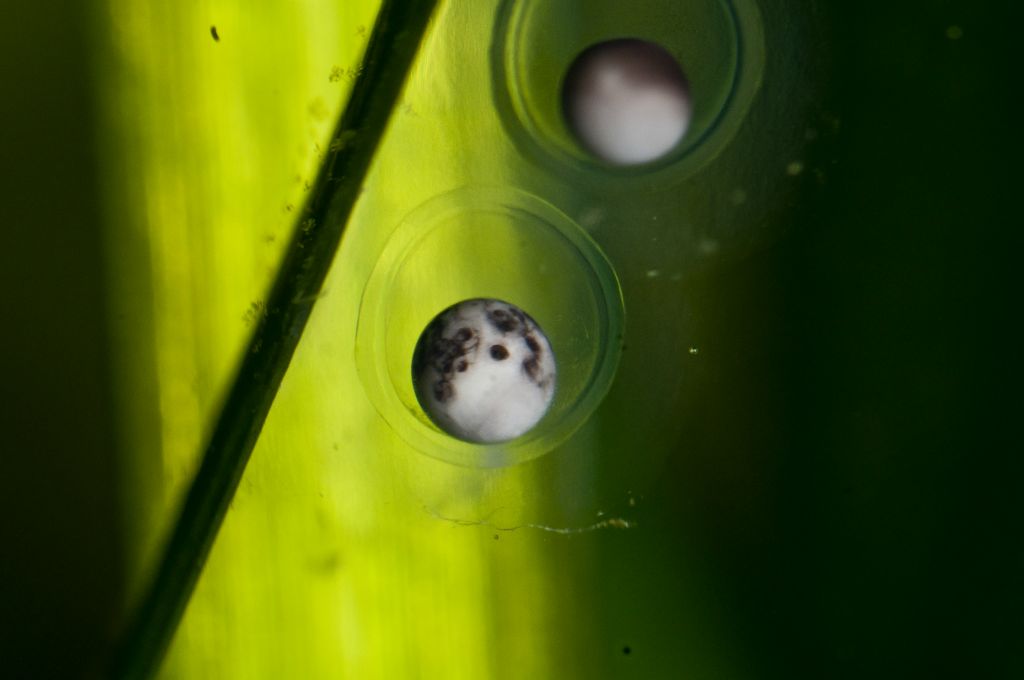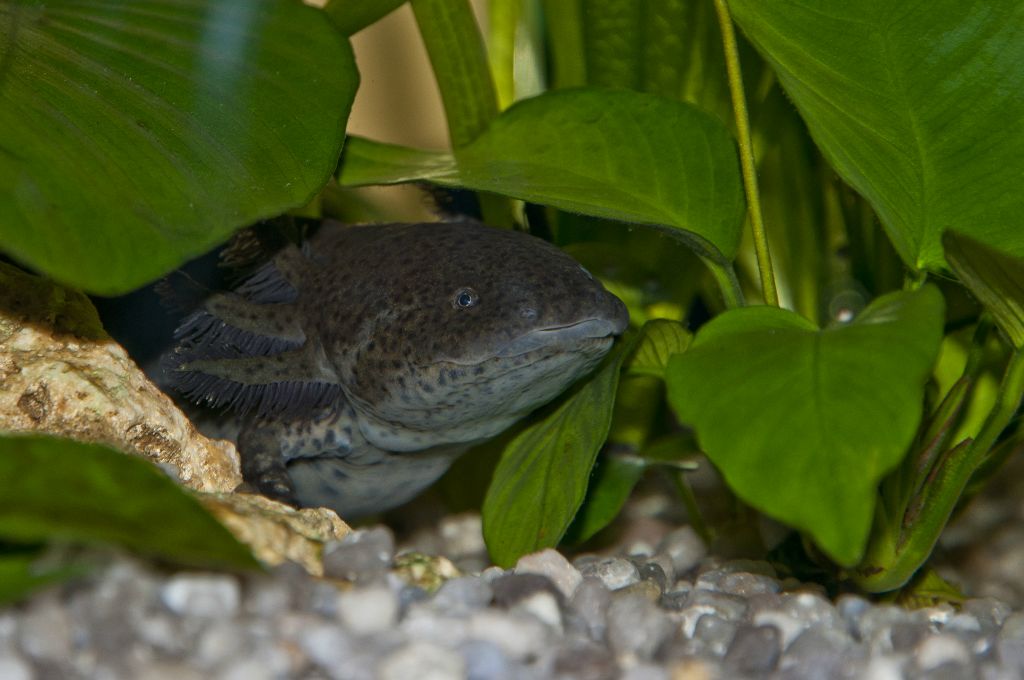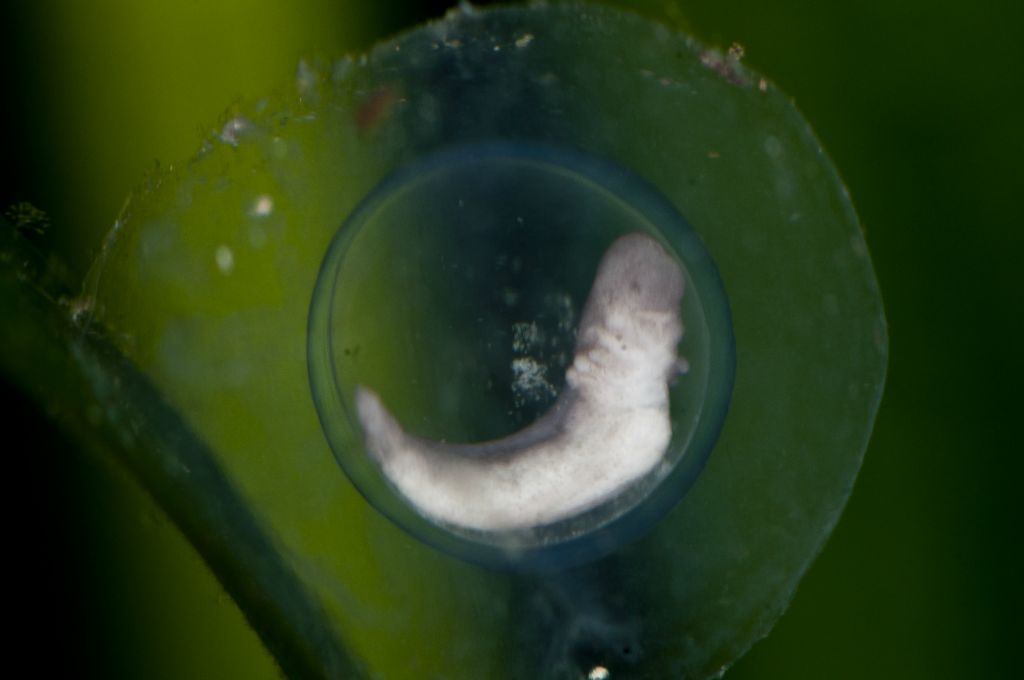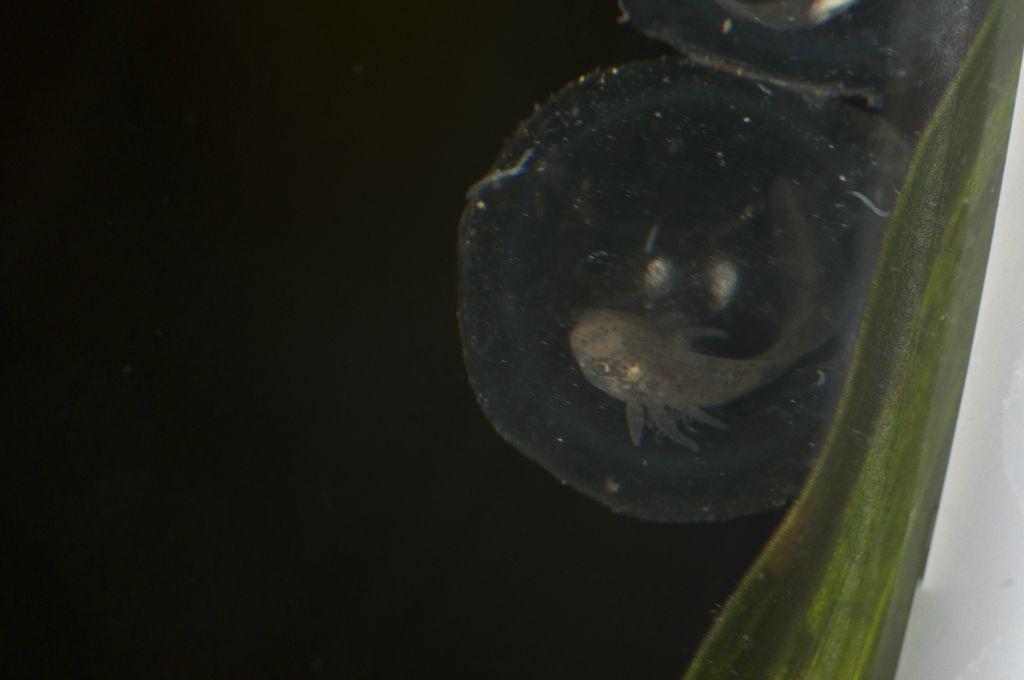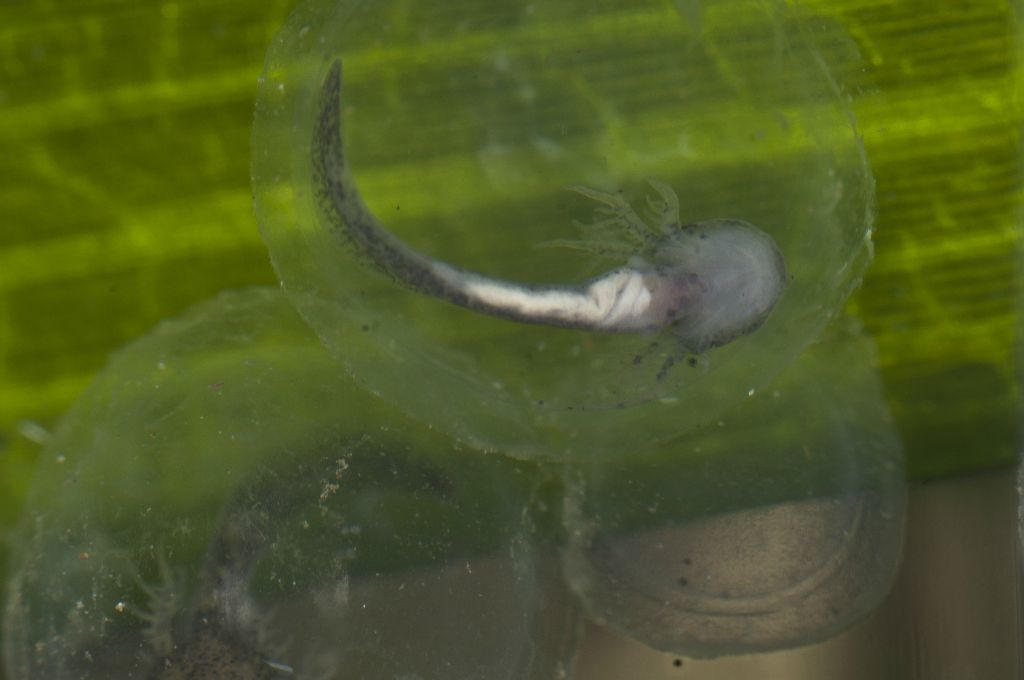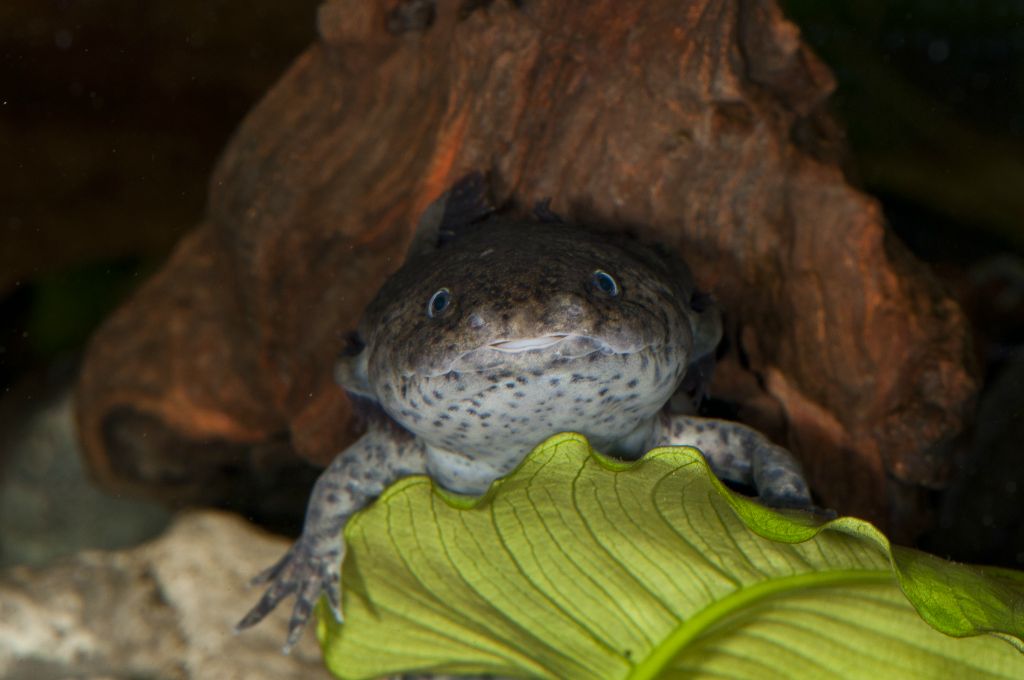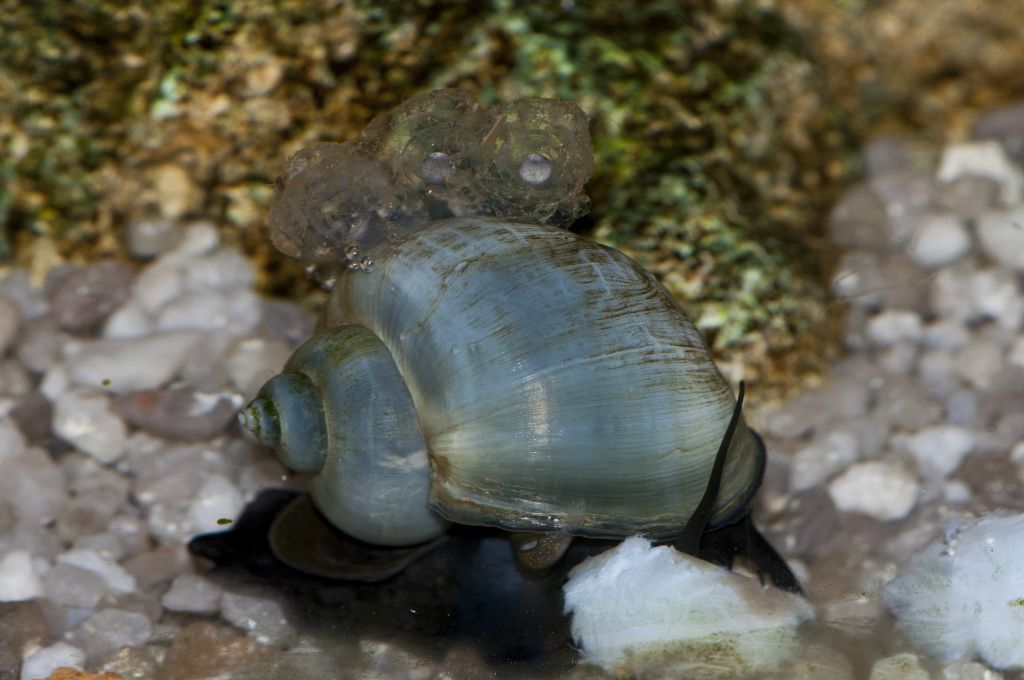Axolotl
The name Axolotl is Aztecan and means 'Watermonster'. And they are exactly this. Salamanders growing their whole lifetime, as fishes do. This species becomes approx. 30cm big and with good keeping and appropriate circumstances they become up to 25 years old. But they are no normal salamanders. A normal one grows in his egg and evolve to a polliwog. Then this evolves bit by bit forelegs and hind legs, three pairs of gills and an oar tail, which reaches over a big part of its back. On the way to sexual maturity, the gills and the pronounced oar tail regresses and the animals evolve lungs and are also going ashore. But they always live amphibious. They always have to be clammy, and they normally stay near or temporary even in the water.
The particular thing to the Axolotl is, that they own a so called neoteny. That means, they get sexually mature and evolve also a lung in their juvenile stage. But their development stagnates in this stage. So they are only aquatic, but also they are able to use their lung to breathe air on the surface, what they actually do from time to time. For further development they lack a special enzyme, which starts the process. If you would apply it, they would evolve to a normal adult salamander. But then, they don't look that cute, and they would also be more difficult to keep, because of their amphibious mode of life.
But the most cool thing is, that they are extremely regenerative. If they loose a gill or even a leg, if they pinch each other, they can completely regenerate this. Even some parts of their brain are regenerative. Luckily, we didn't have a loss of extremeties, till now.
These lurkers usually eat everything that moves in front of their mouth and somehow fits into it. And it is really amazing what fits. But their absolutely favorite food are shellfishes like shrimps. This is also their native food.
Because we had not much success on shrimp breeding, they get different kinds of fish and while fishing season, they get some earthworms. In addition we have a second aquarium in which we breed guppies and brown catfishes, which we take over into the big aquarium with the Axolotls from time to time.
The Axolotl's native home is confined to the Texcoco-Lake at Mexico City. In the past, the lake was very big and the Aztecs ate Axolotls as food for the poor poeple. Also recently they were eaten, but since a short time they are strictly protected. By land reclamation and pollution, the lake has already diminished that much, that it is parted into three smaller lakes. They own together just a fractional amount of the native area of the lake. Now, there are expected just about 700 individuals of the Axolotls in the wild and those are very endangered, thanks to the water pollution.
Our little monsters are called Cora, Lotte and Jack. Monti, which comes from Montezuma, unfortunately has departed very early. They are very cute and very greedy. Because their sucksnatching it can happen that they have half of your finger in their mouth. But they don't have right tooth, so their bite feels more like sandpaper. Towards our anterior tries to hold fishes with them together, they don't eat the guppies immediately. So, now we have the one or the other fish swimming in our aquarium.
They looks most cute, if they looks frontal out of the shrubbery. I think they were the model of the drake 'Toothless' from the film 'How to train your dragon'. The analogy is not to miss. In the past, we already had several times offsprings. But we hat no time and no space to keep and breed them. So the babies have been eaten. But since Monti is dead, who was also a bit disabled in his life (he swam a bit unoriented), we didn't have eggs any more. This assumes that Jack probably is sterile. This can easily happens, because all Axolotl as pets are out of very long lineages, which normally have a high inbreeding rate.
In 2016 we got three new ones. One was very young. The breeder who gave us our Lotls moved to New Zealand and didn't want to stress her animals with the quarantine. So, we decided to adopt the half-sipplings of our little monsters. Unfortunately they introduced some illnes. They didn't show any symptomes or complaints but ours died, sadly. Then, we had three again. Their names are Genny and Tancred and their common daughter Pinky. Both females are white and Tancred is a wildtype like ours before. Unfortunately - again, Pinky had some problems. After over two months, eating nothing, he departed as well. We're not shure what she had. In the beginning she had flatulence, forcing the animal to swim on the surface or staying within the cave. After a while I scanned her stomac by carefully touching it and found that she gulped some stones. As she didn't seem to have any pain or other complaints (she was swimming and walking as usual), we waited and tried to give her food every few days. But nothing helped though.
We decided to try to breed some babies again, if our two Axolotl will produce eggs again.
Here are some pictures of our underwaterdragons (Now with the new ones, as well):







